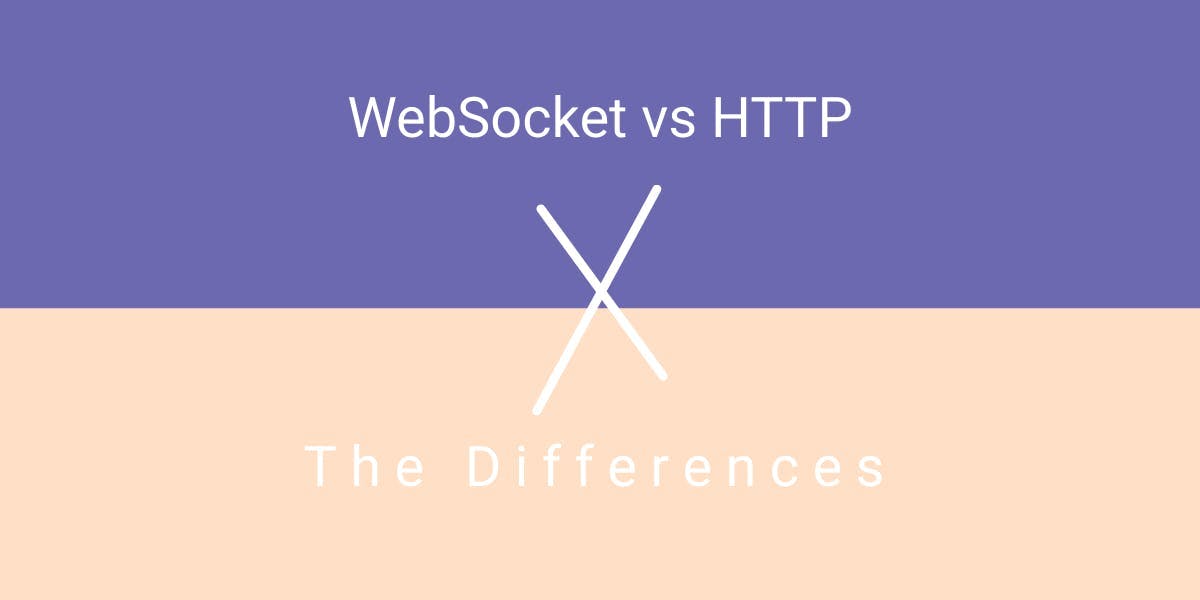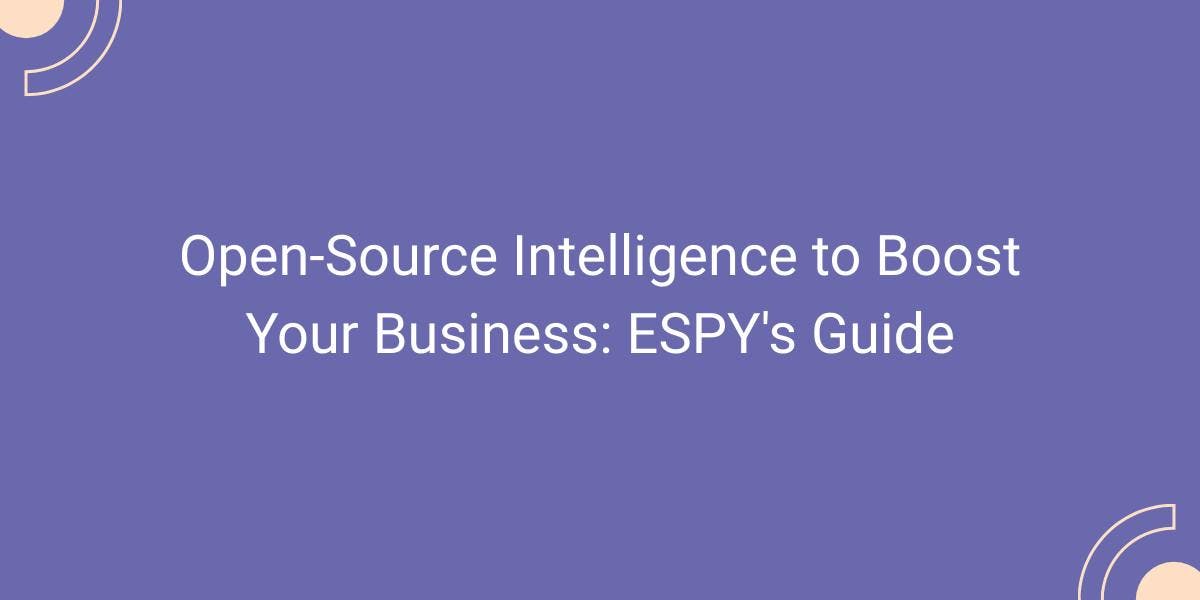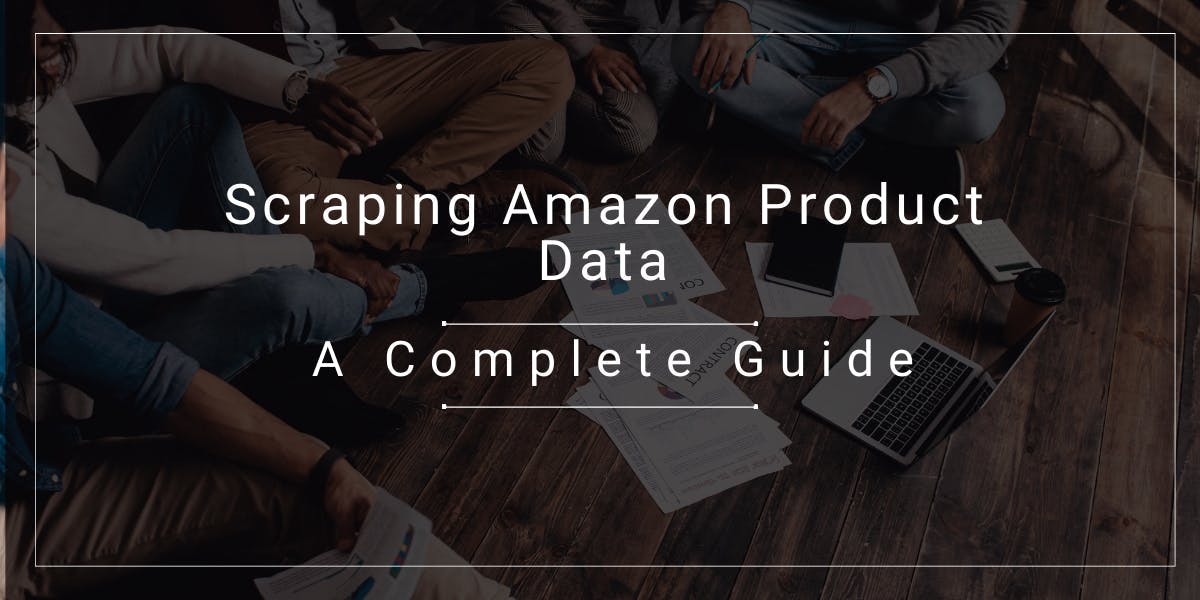WebSocket vs HTTP: The Differences
Flipnode on May 03 2023

WebSocket and HTTP are two communication protocols that allow for client-server communication. Although both protocols utilize a TCP connection to connect with a server, they differ in significant ways, including their capabilities and application modes.
This article aims to differentiate the key features of HTTP and WebSocket protocols. It will cover their operating principles, primary limitations, and major differences. Additionally, you will discover specific scenarios where either HTTP or WebSocket is a better fit.
What is HTTP?
The Hypertext Transfer Protocol (HTTP) is a request-response protocol that enables communication between a client, like a web browser, and a server. The HTTP protocol is unidirectional, meaning that the client initiates and maintains the connection for the current request only.
This connection entails the client sending an HTTP or HTTPS request and the server responding to it. The client always starts the communication and requests data from the server. Once the HTTP request is completed, the connection is terminated. To make a new request, a new connection to the server must be established. Therefore, if a client sends five HTTP requests, five separate connections need to be made.
HTTP can work on any dependable connection protocol, such as the Transmission Control Protocol (TCP). TCP uses a three-way handshake method to establish a connection between the client and the server. The three-way handshake method involves sending three messages by the TCP protocol before the session ends, as its name implies.
The process of establishing an HTTP session typically involves three main steps:
- The client sends a SYN (Synchronize Sequence Number) data packet to the server, initiating the connection and checking whether the server is available for communication.
- The server responds with an ACK (acknowledgment) packet to confirm receipt of the client's packet.
- The client sends an ACK packet back to the server, indicating that it has received the server's SYN/ACK packet and the connection is established.
Once this message is sent, the connection is terminated.
Each request message that is sent to the server using the HTTP protocol contains the following information:
- A request line which includes the HTTP method (e.g. GET/POST), the HTTP protocol version (e.g. HTTP/1.1, HTTP/2), and more.
- HTTP headers, which include the content type and length.
- An optional message body that is being transmitted to the server.
From HTTP to WebSocket
Despite advancements made in the latest versions of HTTP, the protocol still has its limitations. A significant drawback is that it operates as a strictly unidirectional model, requiring the client to request all data from the server initially. Once the request is fulfilled, the connection terminates, creating an obstacle for clients who need real-time updates from the server.
To bypass this limitation, HTTP long-polling was introduced and developed. This method enables servers to maintain a connection with the client for an extended period, allowing more time for new information to become available before sending a response. However, long-polling can be resource-intensive for servers, particularly when there is no data to send.
The HTTP protocol has an additional limitation, as only one HTTP request can be transmitted over a single HTTP connection. To work around this limitation, the HTTP streaming method was created, enabling the server to send a response of an unspecified length per HTTP connection. However, the connection can still be interrupted at any moment by an intermediary, which makes it unsuitable for maintaining a connection and communication in real time.
These restrictions, coupled with the inability to resolve them using other methods, led to a requirement for new communication technology.
What is WebSocket?
Similar to HTTP, the WebSocket protocol operates on top of the TCP connection. However, unlike HTTP which is strictly unidirectional, limiting communication, WebSocket is a bidirectional protocol that enables full-duplex communication.
With full-duplex bidirectional communication, both the client and the server can push messages independently in both directions without the need for a prior request. After the connection is established, both the client and server can communicate through the same TCP connection throughout the communication cycle.
WebSocket protocol utilizes HTTP transmission mechanisms, starting as standard HTTP requests and responses. Within this communication chain, the client requests to initiate a WebSocket connection. If successful, the client and server switch to using the TCP connection as a WebSocket connection, allowing data to transmit over this connection until one of them shuts it down.
WebSocket vs HTTP: Use cases
Real-time web applications, which can interact with clients in near real-time, are the primary use case for the WebSocket protocol. Maintaining constant communication with clients is essential for such web applications to keep them updated on recent changes.
The WebSocket protocol allows for a continuous connection, enabling clients and servers to exchange requests and responses seamlessly. This results in a better user experience while using fewer resources to update data compared to the HTTP protocol, which requires additional data and connections and is less efficient.
To provide more detail, real-time web applications can be broadly categorized into three categories that are likely to use the WebSocket protocol:
- Social media platforms and messaging services: These platforms rely on real-time web technologies and use WebSocket to establish connections between multiple users to exchange and broadcast messages in real time.
- Gaming applications: Real-time multiplayer games require the client and the server to send information packets simultaneously, which can only be achieved using WebSocket. The HTTP protocol only allows the client to send the request first, which is not suitable for gaming applications.
- Other real-time applications where frequent updates occur: Real-time applications like the stock market, cryptocurrency, and sports betting websites need to display frequent updates, and WebSocket can facilitate this process efficiently. If you come across any scoreboards or price tables, it is highly probable that the webpage is using WebSocket.
Although WebSocket is a great solution for real-time updates and continuous data streams, there are instances where using HTTP would be more appropriate. HTTP is more suitable when:
- Retrieving static data. If the data is static and only needs to be fetched once, it can be obtained through an HTTP request.
- Caching a resource. Caching is useful when the content of a resource doesn't change frequently, and when multiple clients access the resource, such as in a high-traffic website. WebSocket cannot be utilized for caching because they do not allow it, unlike HTTP.
- Addressing error scenarios. The request-response model of the HTTP protocol enables it to handle error scenarios.
Wrapping up
HTTP and WebSocket are two communication protocols used for client-server interactions over a TCP connection. Although they share some similarities, they offer distinct functionality and are better suited for different use cases.
HTTP is suitable for caching resources and retrieving large amounts of static data. However, it has limitations, such as being a unidirectional protocol that requires separate connections for each request. As a result, it is not efficient for real-time web applications that require instant updates and constant communication with the client.
WebSocket is a better fit for such situations as it allows for bidirectional full-duplex communication, enabling unlimited messaging over a single TCP connection. This makes it indispensable for real-time web applications such as messaging services, online multiplayer games, and stock market websites, among others.



